Floating Wood Floor Problem - Question for Installers
ladoladi
12 years ago
Featured Answer
Sort by:Oldest
Comments (22)
floorguy
12 years agoRelated Professionals
Boca Raton Flooring Contractors · Cedar Park Flooring Contractors · Fairfax Flooring Contractors · Johns Creek Flooring Contractors · Los Angeles Flooring Contractors · Palestine Flooring Contractors · Woodbridge Flooring Contractors · Arlington General Contractors · Annandale General Contractors · Ashburn General Contractors · Bon Air General Contractors · Ken Caryl General Contractors · Montclair General Contractors · Signal Hill General Contractors · Waterville General ContractorsBoulder_Outpost
12 years agoSamantha111
12 years agobrickeyee
12 years agoSamantha111
12 years agoNNbamboo
10 years agocblanco75
10 years agoNNbamboo
10 years agobab2003
10 years agoglennsfc
10 years agoglrymaher
10 years agokimevanna
10 years agoUser
8 years agostevesprljan78
8 years agoglennsfc
8 years agoUser
8 years agopaulafairfax
8 years agoclrobinson39
7 years agoCancork Floor Inc.
7 years agofloorguy
7 years agoNardeen Soro
6 years ago
Related Stories
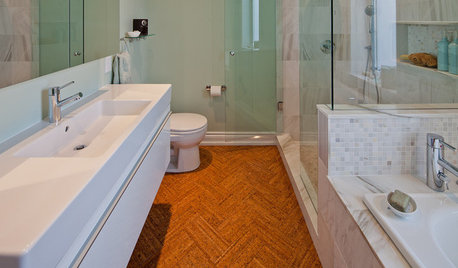
FLOORSWill Cork Float for Your Bathroom Floor?
Get the facts on advantages, disadvantages, costs and installation to see if a cork bathroom floor is right for you
Full Story
DOORS5 Questions to Ask Before Installing a Barn Door
Find out whether that barn door you love is the right solution for your space
Full Story
KITCHEN BACKSPLASHESHow to Install a Tile Backsplash
If you've got a steady hand, a few easy-to-find supplies and patience, you can install a tile backsplash in a kitchen or bathroom
Full Story
REMODELING GUIDES9 Hard Questions to Ask When Shopping for Stone
Learn all about stone sizes, cracks, color issues and more so problems don't chip away at your design happiness later
Full Story
REMODELING GUIDESThe Hidden Problems in Old Houses
Before snatching up an old home, get to know what you’re in for by understanding the potential horrors that lurk below the surface
Full Story
GREEN BUILDINGConsidering Concrete Floors? 3 Green-Minded Questions to Ask
Learn what’s in your concrete and about sustainability to make a healthy choice for your home and the earth
Full Story
ECLECTIC HOMESHouzz Tour: Problem Solving on a Sloped Lot in Austin
A tricky lot and a big oak tree make building a family’s new home a Texas-size adventure
Full Story
HOUZZ TVHouzz TV: How to Install a Rain Barrel
This DIY tutorial shows how easy it can be to capture rainwater from your roof to use in your garden later
Full Story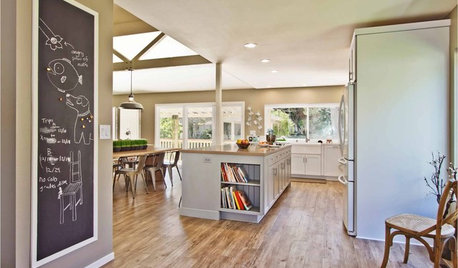
FLOORSWhat's the Right Wood Floor Installation for You?
Straight, diagonal, chevron, parquet and more. See which floor design is best for your space
Full Story
HOUSEKEEPING10 Problems Your House May Be Trying to Show You
Ignore some of these signs and you may end up with major issues. We tell you which are normal and which are cause for concern
Full Story





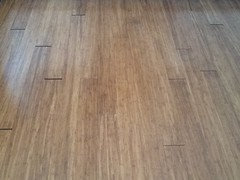
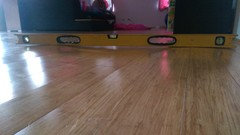
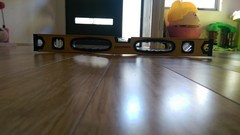
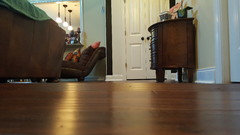
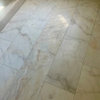

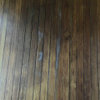
floorman67